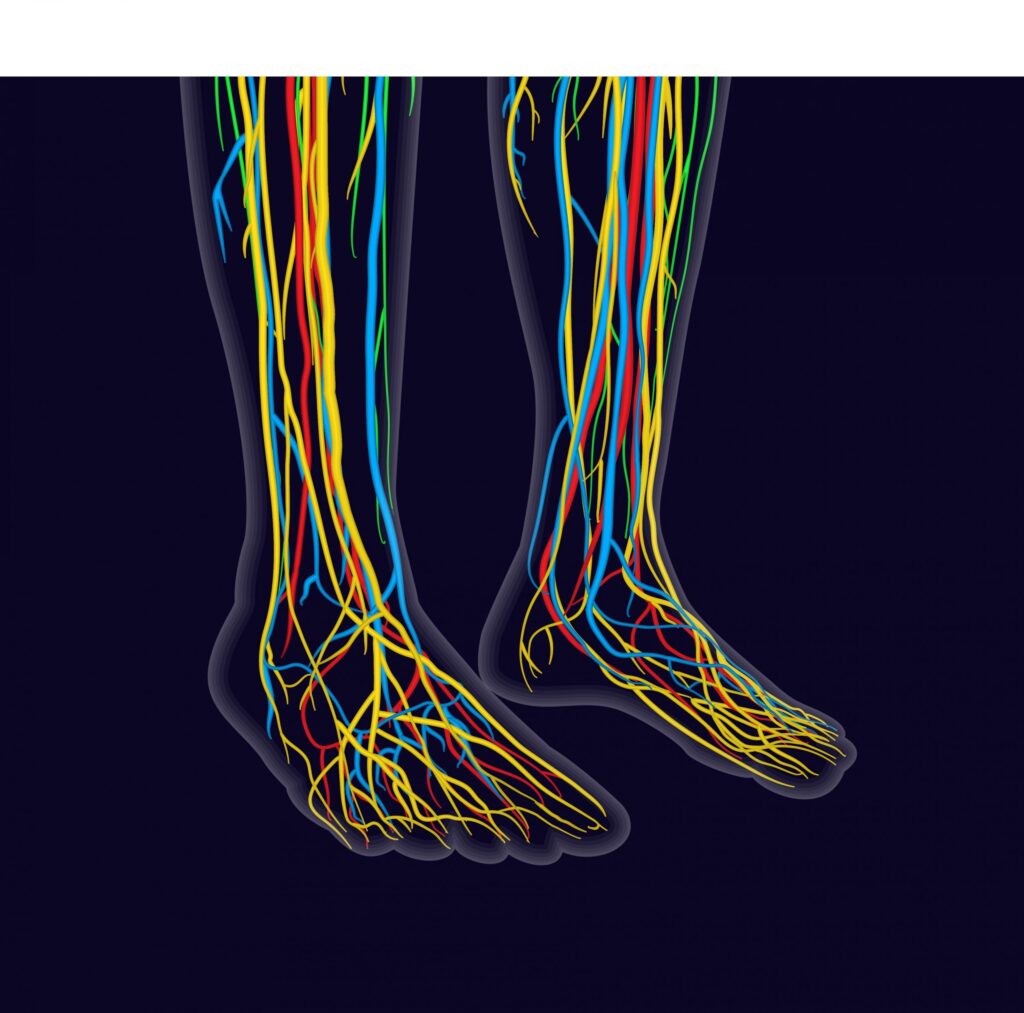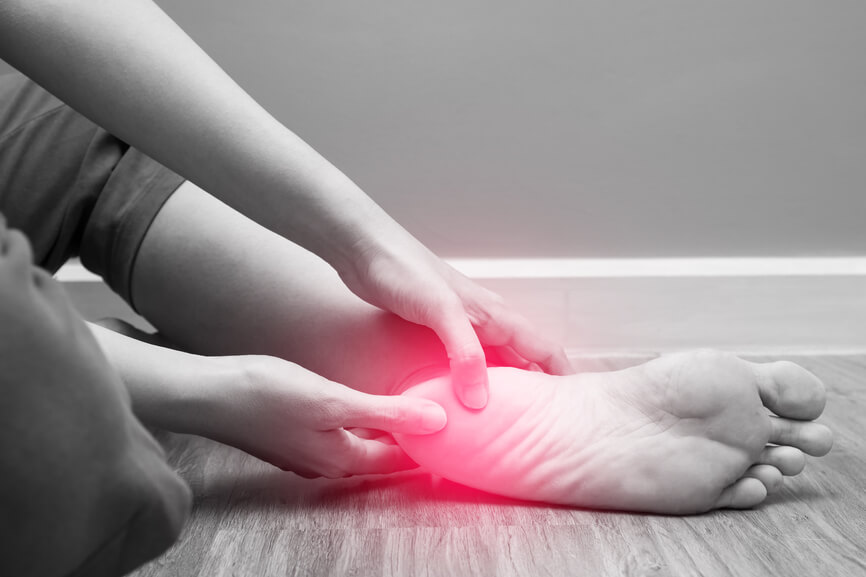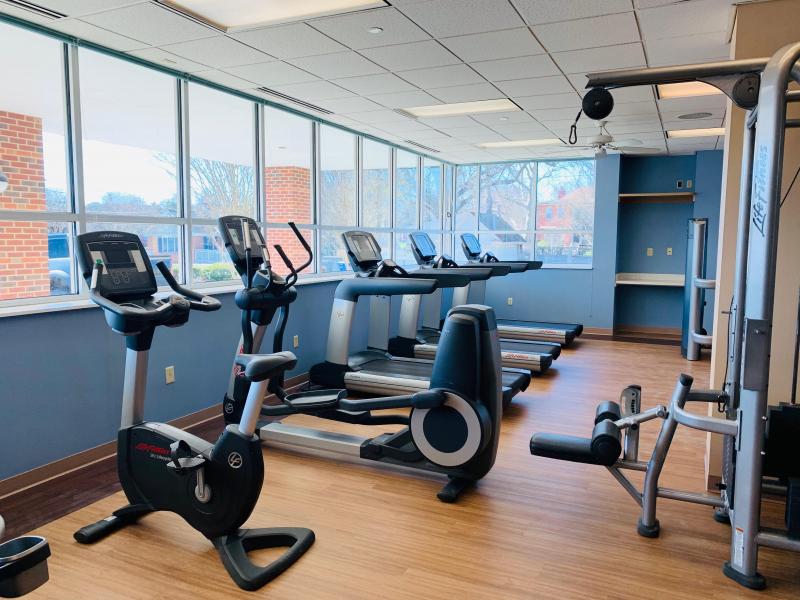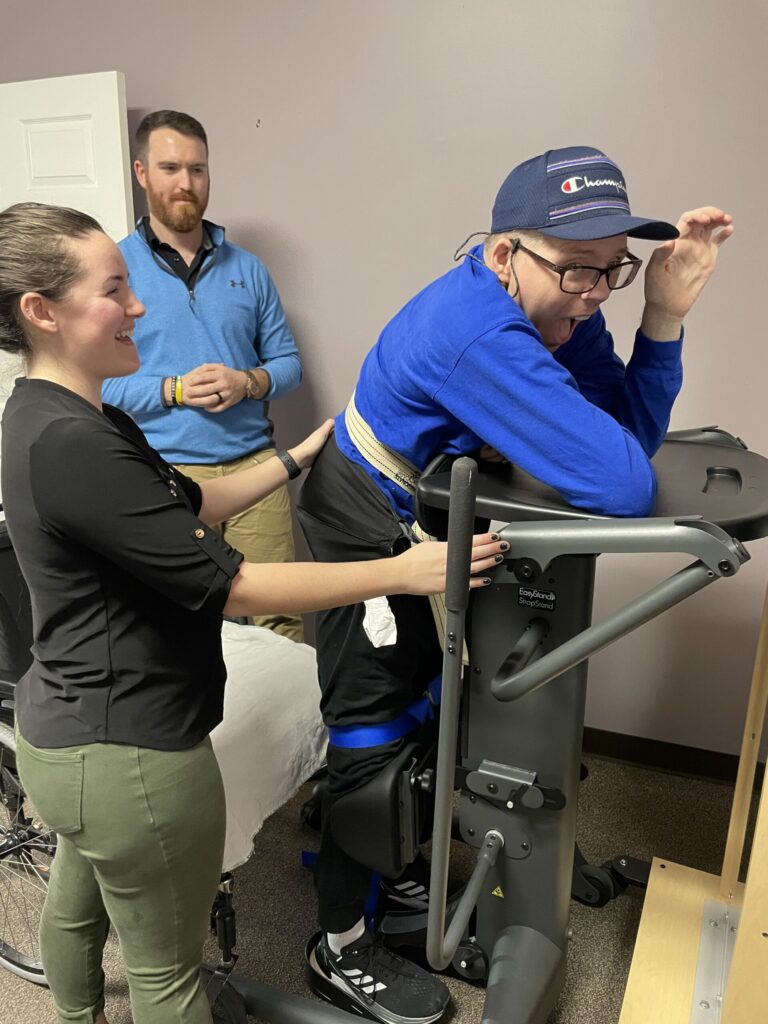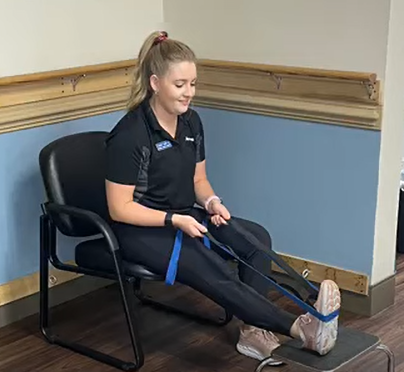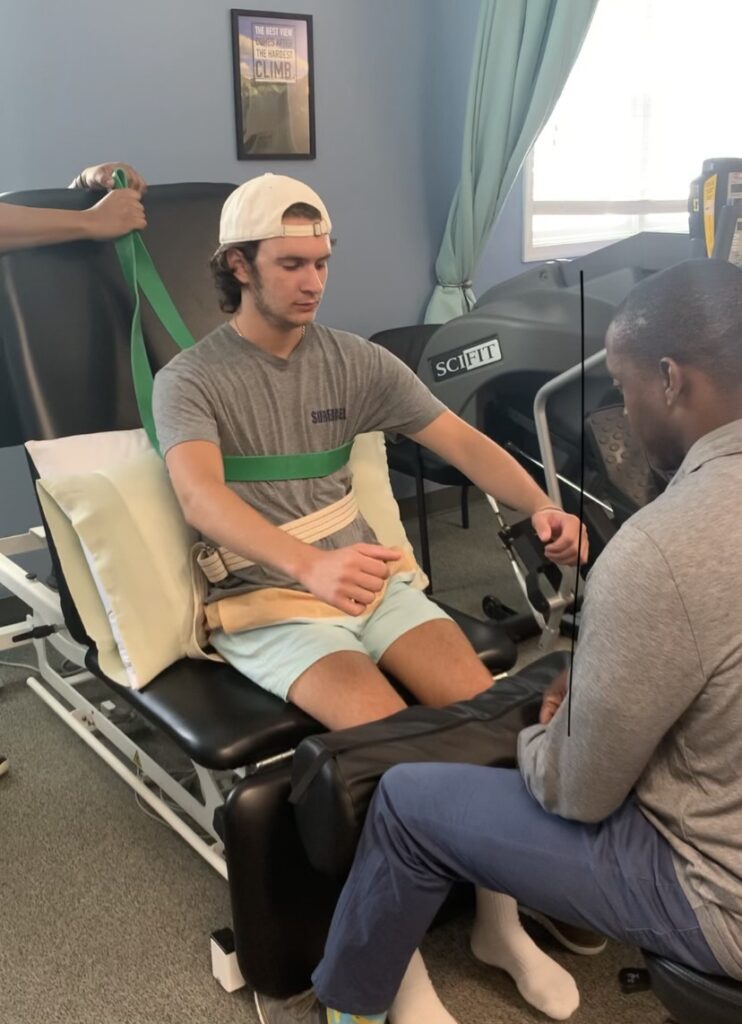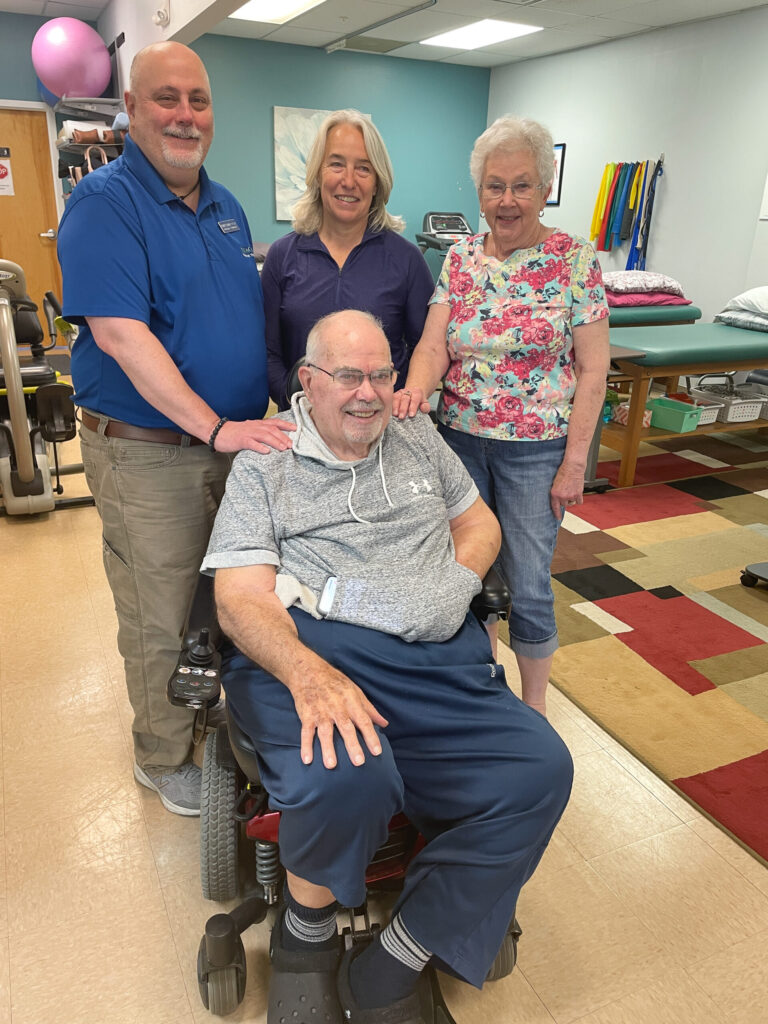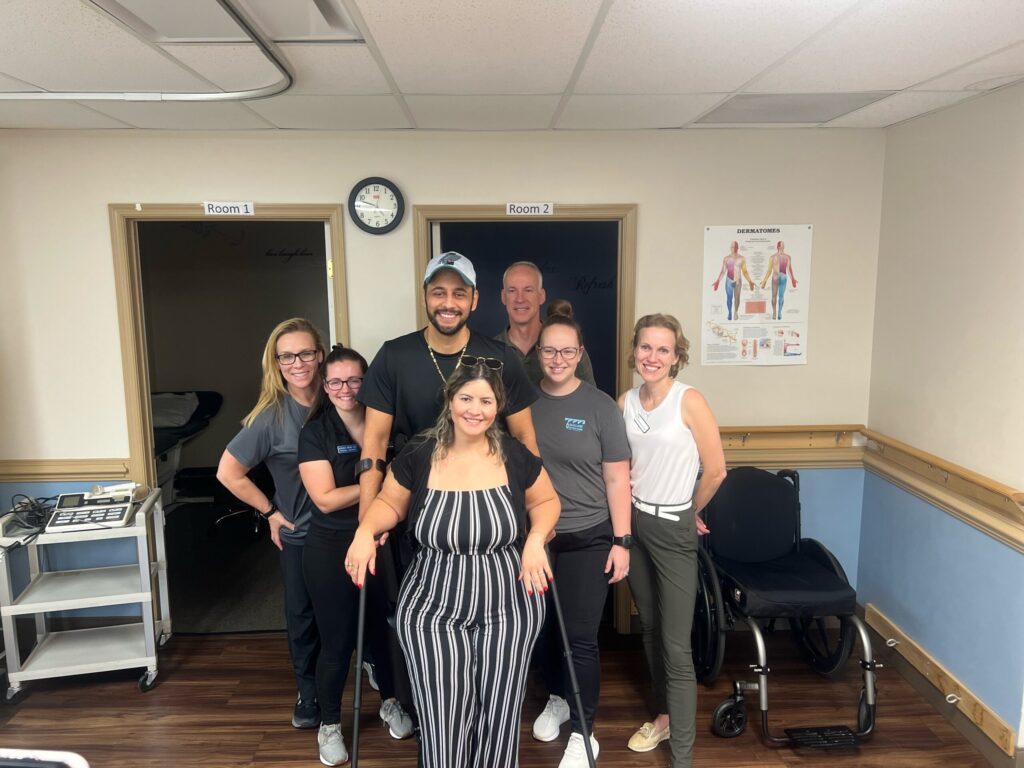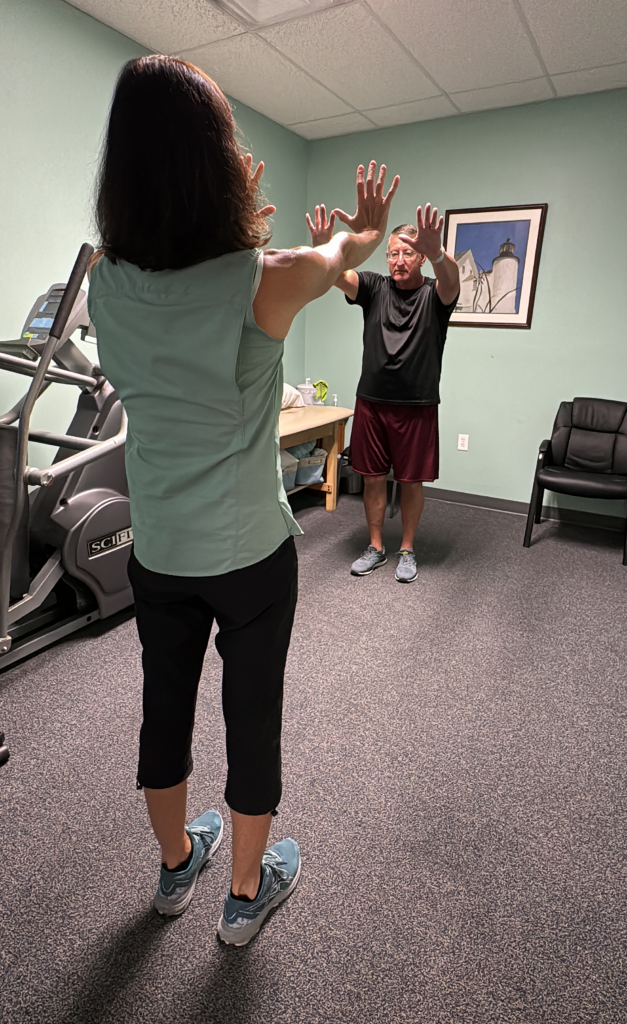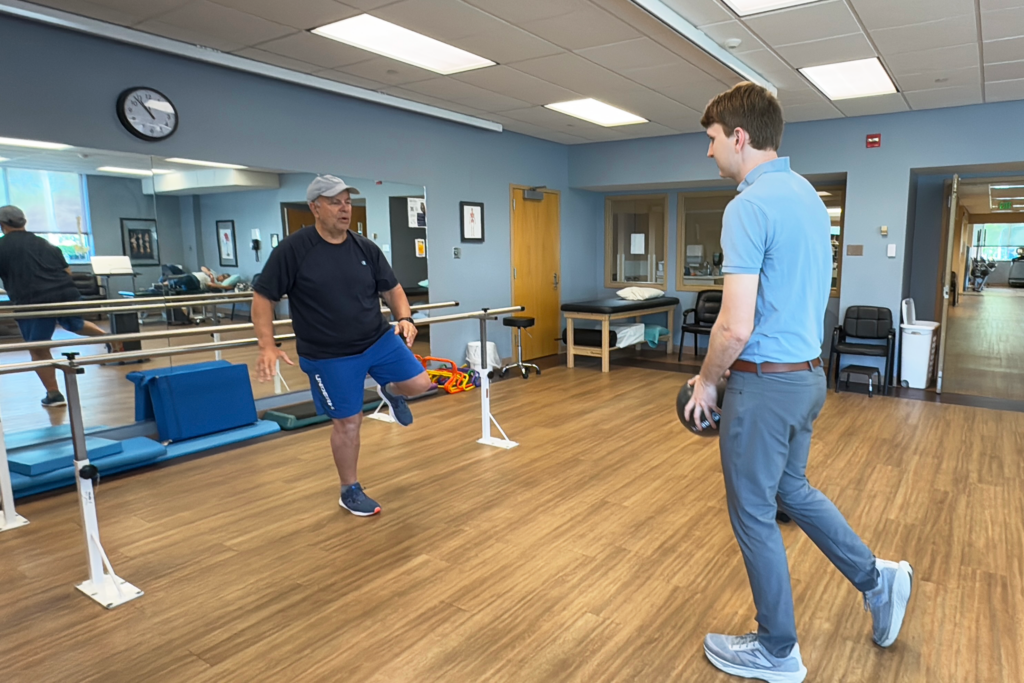
Physical Therapy Collaboration with Primary Care

Primary Care and Physical Therapy: A Smart Match
When it comes to visiting our primary care provider, we may schedule a yearly physical or only visit when we are sick or have a health concern. However, we often do not schedule regular checkups with our physical therapist and in many cases, a regular whole body evaluation by a physical therapist could prevent future injuries and improve how you feel every day.
Primary care and physical therapy go hand in hand as part of your regular health care plan.
Collaboration Between Primary Care and Physical Therapy
Physical therapy offers powerful benefits when combined with primary care treatment, particularly for managing orthopedic injuries, neurological disorders, and chronic pain conditions.
This integrated approach helps patients achieve better outcomes through specialized rehabilitation programs, targeted exercises, and expert pain management strategies. Working together, physical therapists and primary care physicians create comprehensive treatment plans that address both immediate symptoms and long-term mobility goals, leading to improved function and quality of life for patients with various medical conditions.
Physical Therapy Benefits Across Key Medical Conditions
Physical therapy plays a vital role in managing:
Orthopedic Injuries
Physical therapists create customized rehabilitation programs for post-surgical recovery and injuries, focusing on restoring strength, flexibility, and normal function while minimizing complications.
Neurological Disorders
For conditions like Parkinson’s disease, multiple sclerosis, and stroke, physical therapy improves mobility and independence through specialized exercises and gait training.
Chronic Pain
Patients with fibromyalgia, osteoarthritis, and chronic lower back pain benefit from integrated treatment combining physical therapy and primary care, leading to reduced symptoms and improved quality of life.
What Are the Benefits of Regular Physical Therapy?
Regular physical therapy improves your mobility, reduces chance of injury, and can even advance your athletic skills. Many professional athletes receive regular training with a physical therapist to enhance body mechanics, while also adding dry needling, cupping, blood-flow restriction, and sports medicine techniques into their routine.
- Improved Patient Outcomes: Research shows combined PT and primary care leads to faster recovery and better symptom relief, particularly for musculoskeletal conditions
- Cost-Effective Treatment: Early PT intervention can prevent condition escalation and avoid expensive surgical procedures or long-term treatments
- Reduced Medication Dependence: PT techniques and targeted exercises often allow patients to decrease reliance on pain medications, especially opioids, improving long-term health outcomes
Are you ready to improve your health with physical therapy? With 11 locations in Delaware and Maryland, chances are there’s a clinic near you! Learn more and request an appointment.
Requesting a Physical Therapy Appointment
In most states, you can see a physical therapist before getting a physician’s referral. This is called Direct Access to Care.
How do you start?
Call Aquacare or Fitness Forum to set up an evaluation at a clinic closest to you. Our Locations.
Talk to your physical therapist about ongoing aches, pains, or falls you have had recently. Athletes: discuss your goals, sports, past injuries, and any pain you may experience.
Even if you think your pain might be normal, in many cases physical therapy has reduced and eliminated pain!
Request an appointment online.
Advancements in Physical Therapy and Looking Ahead
Modern physical therapy leverages cutting-edge technology and evidence-based methods to enhance patient care. Digital innovations like wearable devices and tele-health platforms now enable remote therapy sessions and real-time progress tracking. Specialized techniques such as the McKenzie Method for spinal care demonstrate how research continues advancing the field.
These developments in physical therapy, combined with its proven benefits and integration with primary care, make it an essential component of comprehensive healthcare. As technology and treatment methods evolve, physical therapy will continue playing a crucial role in improving patient outcomes and quality of life.



